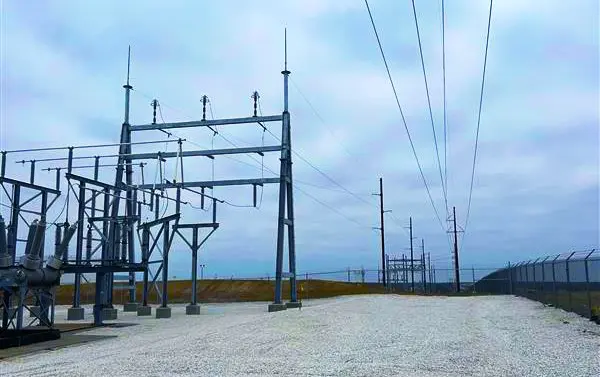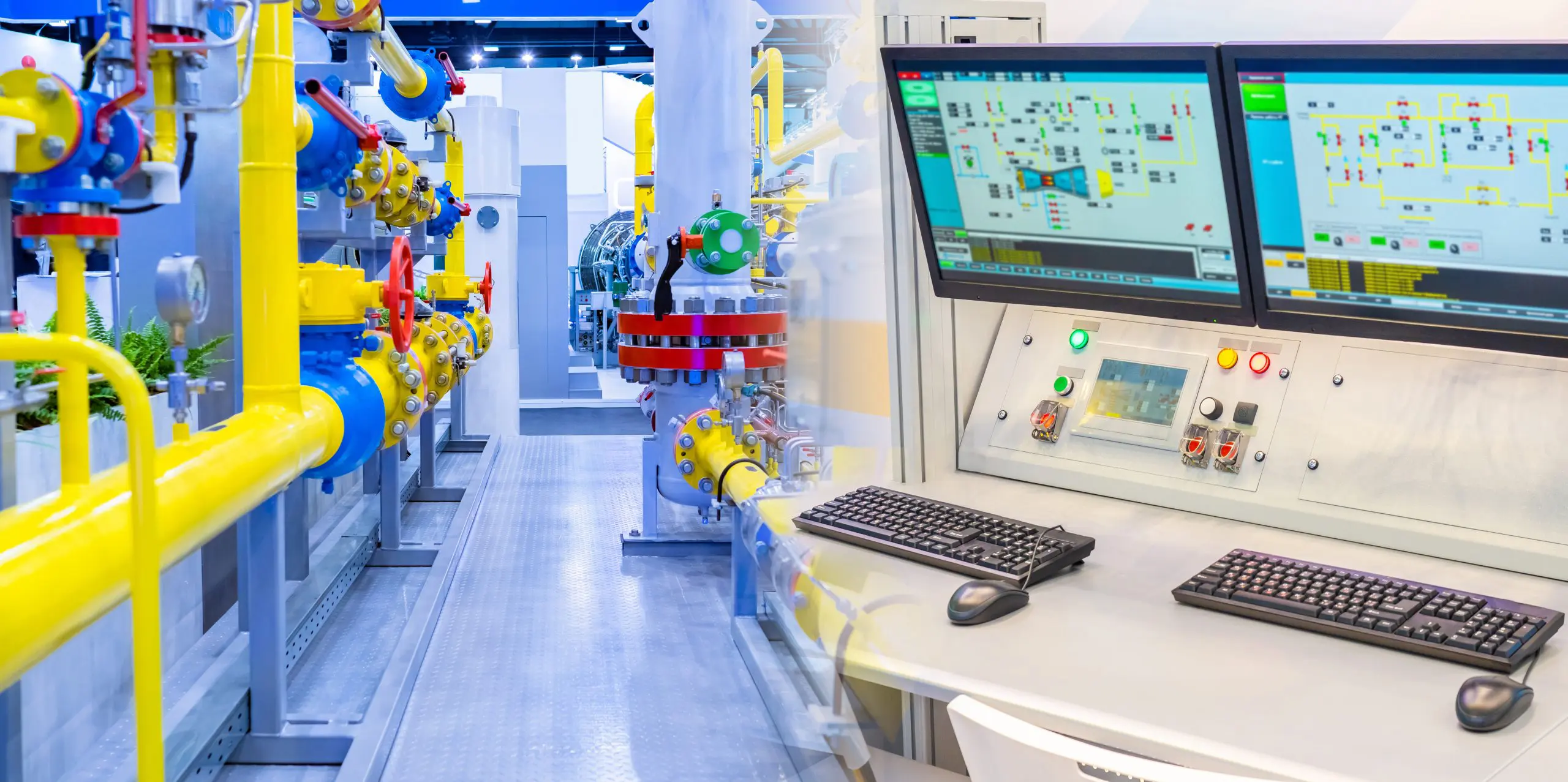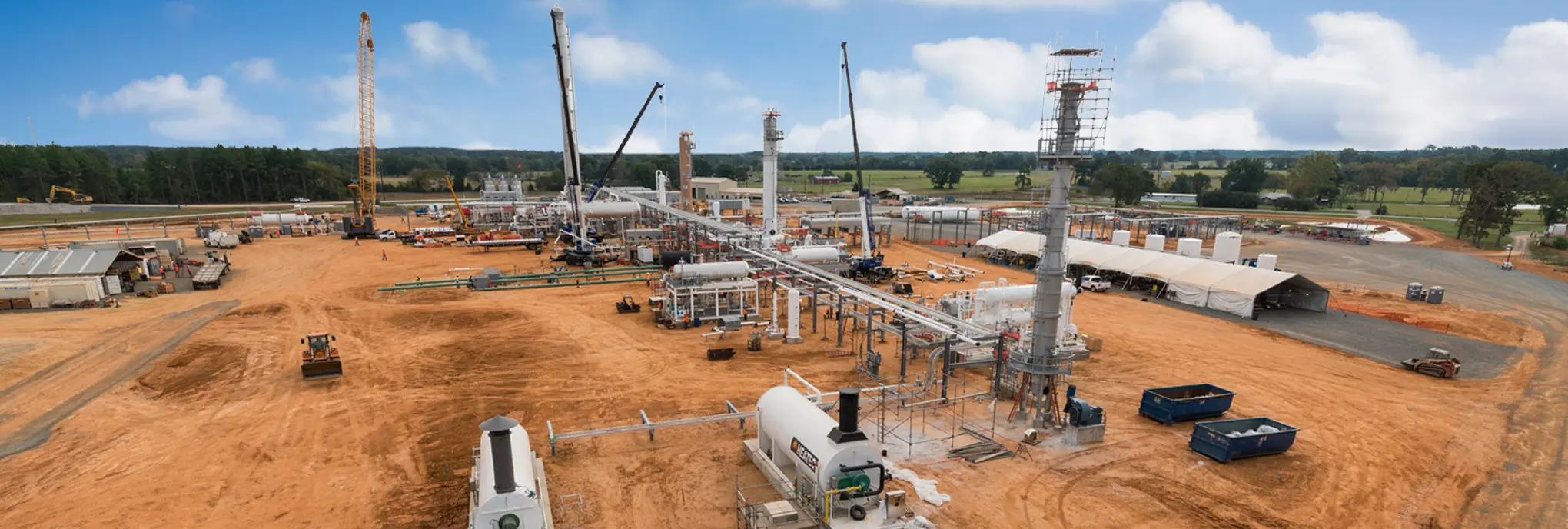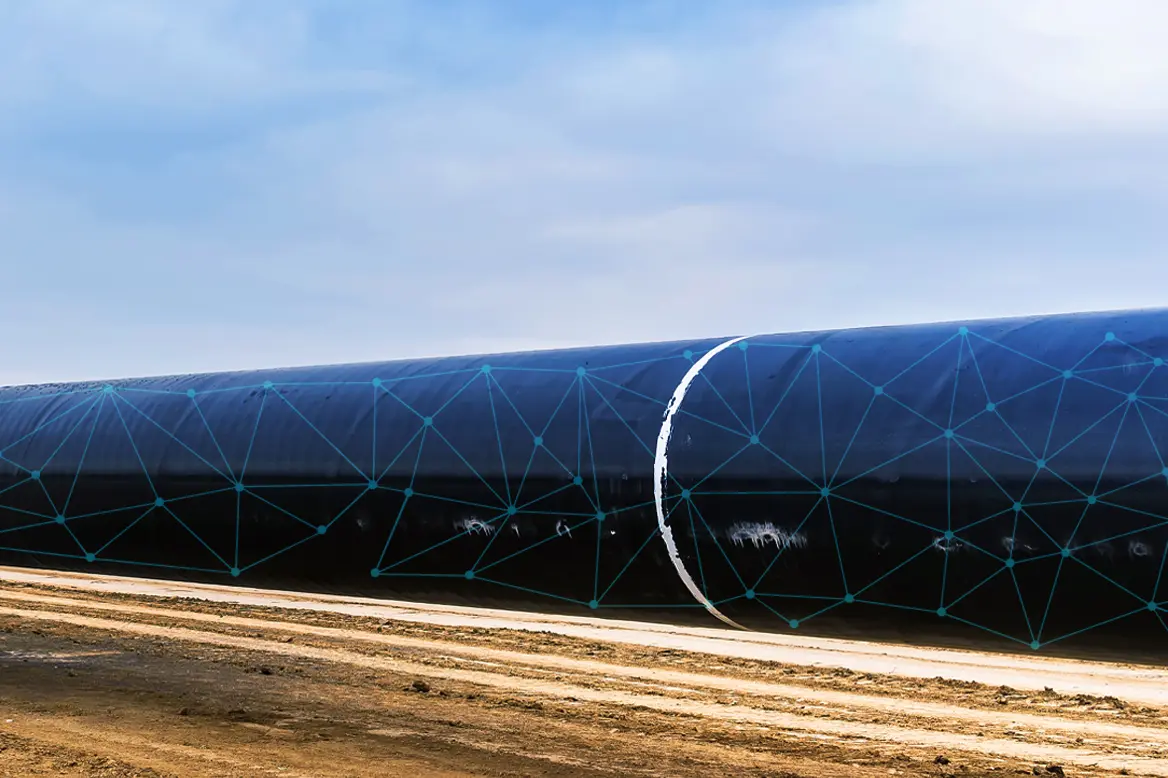

Want to share this article?
Dehydration: An Important Step in Natural Gas Processing
When first removed from a well, natural gas is laden with water vapor. If the gas were to be transmitted for use with large quantities of this water vapor, degradation of the infrastructure would occur in the form of corrosion as well as blockage from natural gas hydrates.
To ensure the longevity of the infrastructure and the quality of the final product, natural gas processors run the pure product from the wellhead through various separation steps, one of them being dehydration.
Much of the free liquid water contained in a natural gas stream can be removed using a series of pipeline drips installed near the well head and at other strategic locations along gathering lines. However, dehydration methods must be applied to remove water vapor held in solution with the gas. These methods may use the principle of absorption —taking up of a substance through the entire volume of a dehydrating material — or adsorption — collecting a substance adhered to a surface.
The concept of absorption is used in glycol dehydration, which capitalizes on a chemical called glycol that has a natural affinity for bonding with water. Natural gas moves up through a tower, contacting a downward-dripping glycol solution that absorbs water from the gas and collects at the base of the tower for removal, with the gas rising out of the tower. On the other hand, solid-desiccant dehydration uses the principle of adsorption, with gas passing from top to bottom of a tower containing desiccant material. Water molecules in the gas adhere to the desiccant as the natural gas passes through, with the gas ultimately leaving dry at the bottom.
Finally, aside from absorption and adsorption, natural gas can also be expanded through a valve or plug using the Joule–Thompson effect, allowing partial condensation of water vapor, which can then be removed by a demister. Any of these three methods may be employed in natural gas production depending on a producer’s energy demands and efficiency needs.












